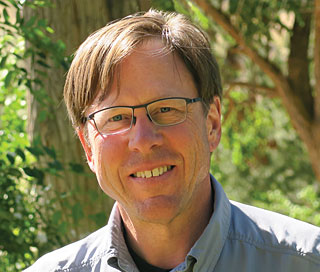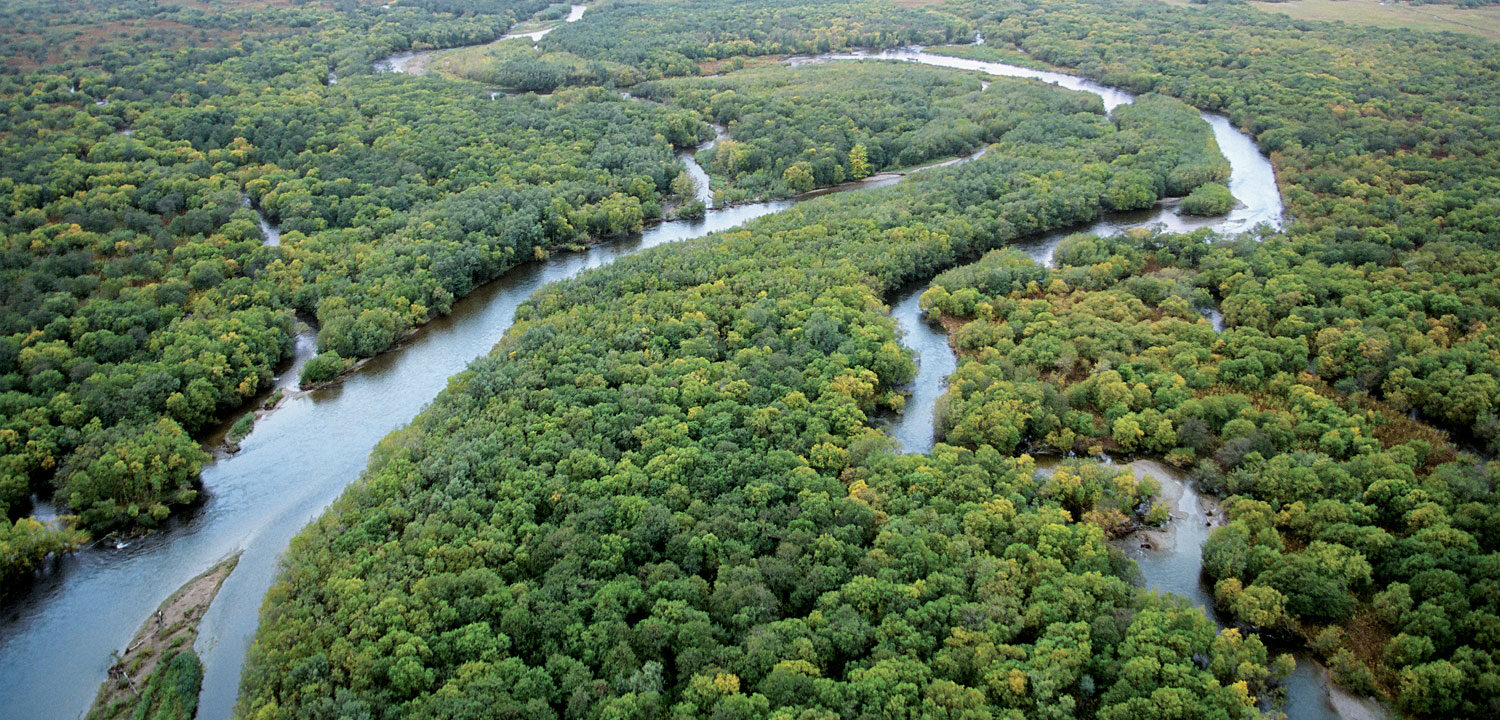The following is an excerpt from our 2016 Annual Report.
From the President

In the fall of 1997, I sat down with Pete Soverel, a retired Navy captain and renowned steelhead angler, who’d founded the Wild Salmon Center a few years earlier to study and conserve a cluster of steelhead rivers on Russia’s Kamchatka Peninsula.
I had been working for Oregon Trout, on what would become the “stronghold” strategy. But I was ready for a change and I made a simple proposal to Pete: hire me as your executive director, and let’s work together to build a truly international salmon strategy based on protecting the “last, best” salmon ecosystems around the Pacific Rim.
At Conservation International, where I worked in the 1980s, we had built support for saving global tropical biodiversity hotspots. Why couldn’t we do the same for healthy salmon “hotspots,” as an alternative to protecting runs already on the Endangered Species List?
Pete’s eyes lit up. He told me to go full speed ahead. That afternoon I drafted a memo describing the scientific approach, network, and local support we would need to protect those places. Our first office was my living room and we started with $25,000 in the bank. Soon, I attracted foundation support and started building a skeleton crew, beginning with Xanthippe Augerot, an international salmon expert fluent in Russian and well-known in Russian scientific circles.
I recently re-read my memo to Pete from 1997 and marveled at how we’ve not only built out a robust human network and spread the stronghold idea far and wide, but also achieved major conservation wins across the Russian Far East, Oregon, Washington, California, Alaska, and British Columbia.
To date, we and our core partners have put 9 million acres in stronghold watersheds under conservation, including seven new regional or national parks, two dams stopped, and 71 watersheds and major tributaries managed for wild fish conservation in the Russian Far East and Pacific Northwest. We’ve supported major new wild salmon habitat protection laws in Russia and North America.
Building strong local conservation groups is a cornerstone of our work. We’ve created or directly supported 17 local conservation groups and coalitions who are fighting every day to secure wild fish and their habitat.
Our strength lies in our deliberate, strategic approach to protecting places and solving problems. That allows us to build strong and durable local alliances, which persist through years and even decades. In that time frame, we can and have accomplished real change.
If the ocean is our planet’s lungs, and the rivers its great arteries, then the migrating runs of wild salmon are the nutrients that feed the vast and rich arc of land that extends from California north to Alaska, then across the Bering Sea to Russia and Japan. Our dream is an archipelago of protected rivers, like a necklace of crown jewels, that spans the northern Pacific Rim and feeds the native fauna and local people of each region.
As you’ll see in the pages of our report, the dream is taking hold, through the heartfelt persistence of our staff, our partners, our board – and you.
Thank you for making it happen.
Guido Rahr,
President and Chief Executive
Read our 2016 Annual Report and explore our 25 year interactive timeline.

